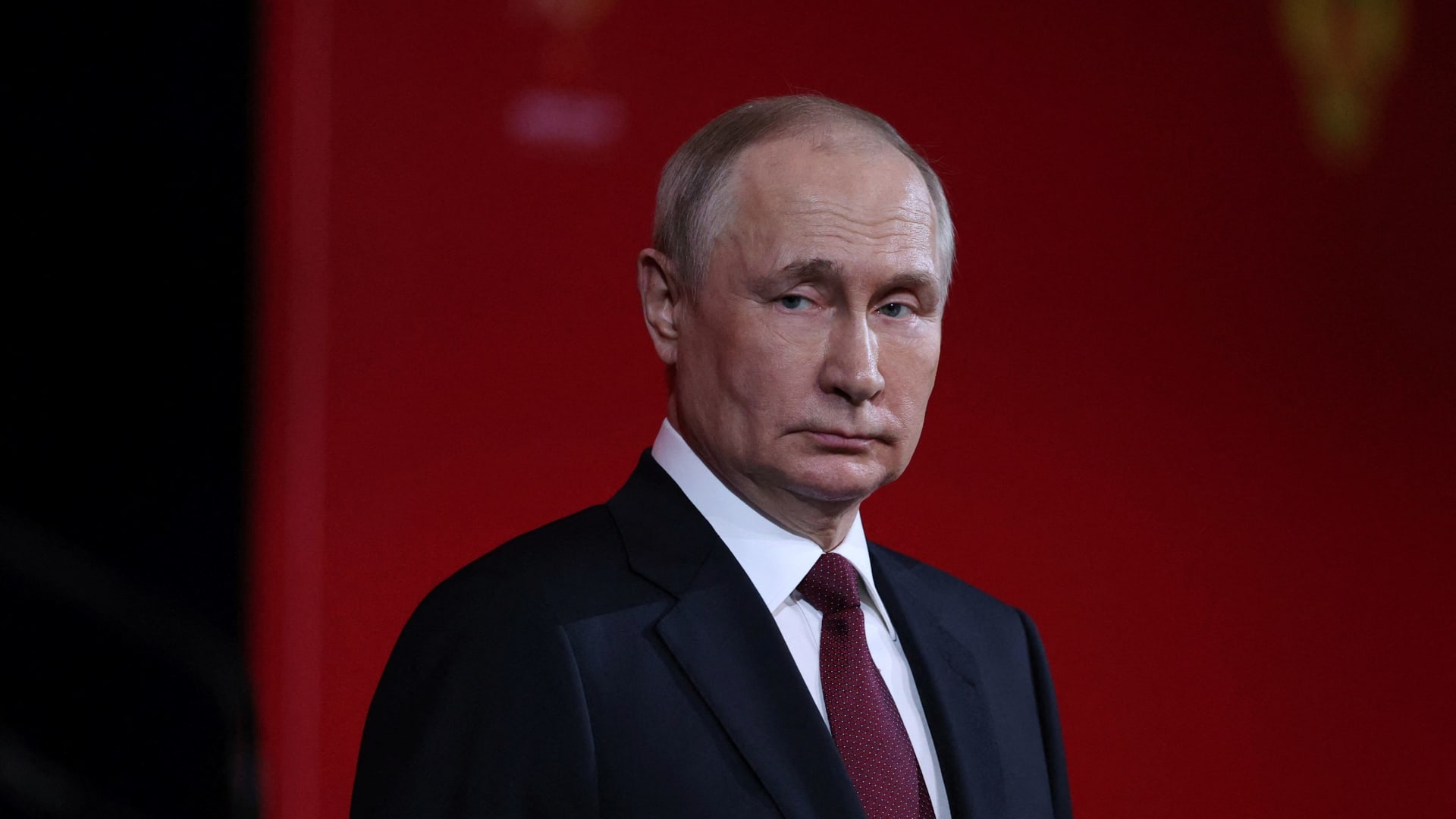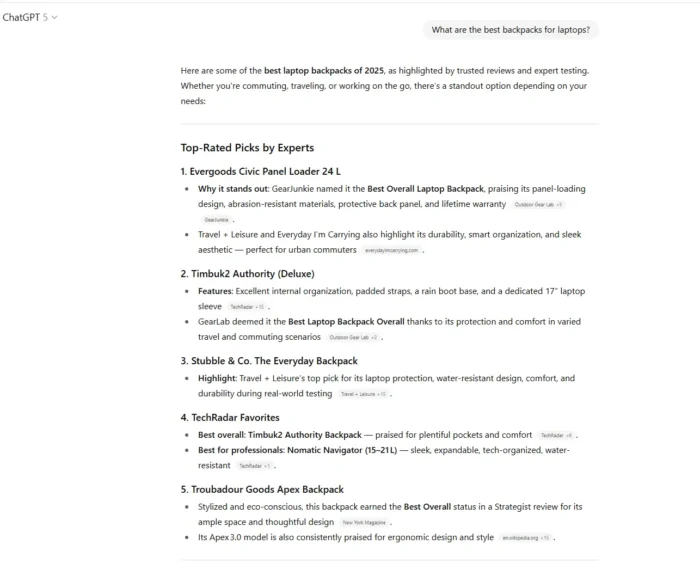Treasury Department releases guidelines for Russian oil transport ahead of planned price cap
The Treasury Department released guidance on the safe transport of oil of Russian origin before the price gap on the product activates on Dec. 5.

The Treasury Department issued new guidance Tuesday about policies on the maritime transport of Russian oil ahead of a planned price cap in early December.
The guidance, which complements the U.K.'s newly-released policies, outlines how U.S. service providers can continue carrying Russian seaborne oil that was loaded before Dec. 5, while complying with a strategic price cap on that oil devised by the G7 countries, the E.U. and Australia.
That so-called Price Gap Coalition is aiming to deprive Russia of a funding source to continue its war against Ukraine.
A senior Treasury official told reporters Tuesday that the department expects other coalition countries to release similar guidance in the coming days in order to implement the price gap policy.
"We're taking these steps to make it as easy as possible for market participants to implement the price cap policy as of Dec. 5 consistent with the coalition's goals of allowing Russians to keep foreign oil (in) flow while lowering the Kremlin's revenues," the official said.
Shipping and customs brokering are among several services covered under an executive order addressing the transport of Russian oil by sea.
The guidance says service providers will not be financially penalized for the transport of crude oil of Russian origin loaded and shipped prior to 12:01 a.m. ET on Dec. 5 and unloaded at the destination port prior to 12:01 a.m. ET on Jan. 19.
The guidance also outlines a "safe harbor" from enforcement for providers who follow a recordkeeping and attestation process showing the oil was purchased at or below the price cap.
Russian oil imports are banned from the U.S. under the policy, which takes effect Dec. 5.
Treasury officials said they have already seen evidence of the redirection of the product from U.S. and European markets, which are no longer in the market for Russian oil.
"I think the last count less than 90,000 barrels of oil were still going to Europe at this point," an official said.
Russian oil output is expected to fall to 1.4 million barrels a day by next year.
The Price Cap Coalition has not yet decided on how much to cap the price of oil, but the cap will be set after a "technical exercise" conducted by the coalition, according to the guidance.
The decision will be made "in the coming days," a senior Treasury official said.

 ShanonG
ShanonG 

































![12 ebook templates for InDesign, PowerPoint, and Google Docs [free download]](https://knowledge.hubspot.com/hubfs/free-ebook-templates-1-20240529-4957105.webp)
